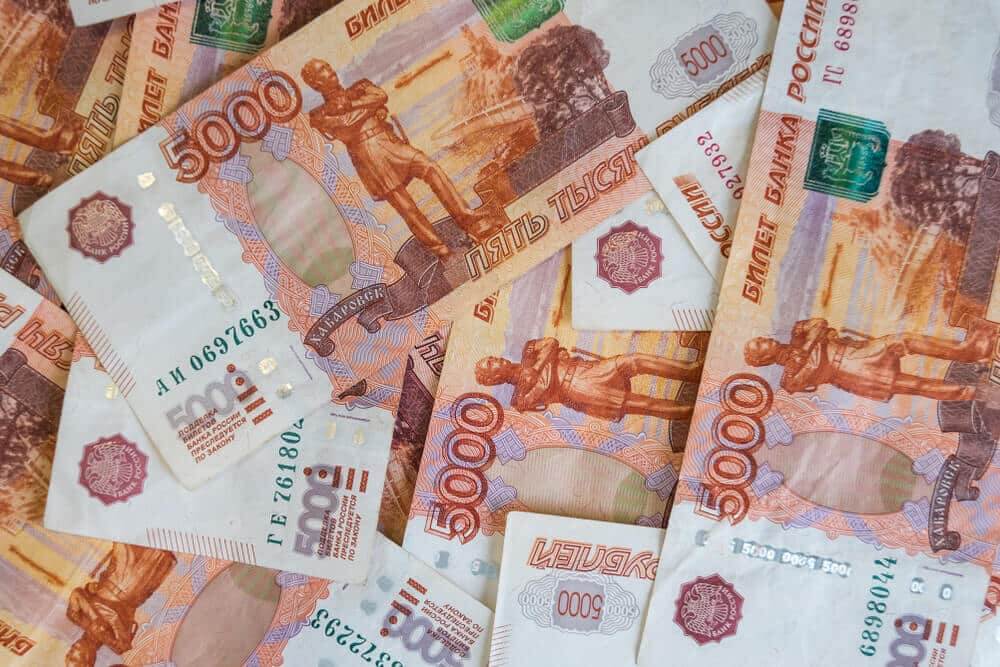Post by: PocketOption on May 03, 2022, 04:48 am

Ruble Hits 2-Year High
On Friday, the n ruble surged to a more than two-year high against the euro, aided by capital controls, as looked to make a last-ditch effort to avert default. The central bank lowered interest rates by 300 basis points, 14 percent.
The finance ministry appeared to do a last-minute U-turn to prevent a default, paying several already-overdue international debt payments in dollars after paying them only in rubles.
The Bank of dropped its key interest rate by 300 basis points for the second time this month; this action shocked economists who had predicted a lesser fall.
Recently, the ruble has strengthened as export-oriented firms sold their foreign exchange earnings to meet local liabilities that could top 3 trillion rubles ($43 billion) this month.
The ruble had fully recovered to pre-February 24 levels when launched a “special military operation” in e, resulting in unprecedented Western sanctions, including a freeze on ’s reserves and steps to limit n banks’ access to the global financial system.
Shift to The Ruble in Kherson
Kherson, in southern e, was the first major city to fall to n forces. The city was encircled within the first several days of the assault; significant areas of it lost access to water, electricity, and food. It may do so by installing a n-backed administration, as it did in Donetsk and Luhansk in 2014; it could oust local politicians and put pro-n elites in control of territory ripped from Kyiv’s authority; which invaded the same year.
A referendum in Kherson would be held to maintain the “veneer of legality” for direct annexation of southern ian areas or acknowledgement of their independent statehood and potential incorporation into . Kherson, a Black Sea city of around 300,000 people, is strategically vital to . Moreover, Kherson, located directly on the n-annexed Crimean peninsula, serves as a gateway to southern e. It has crucial sea and river ports; moreover, it is on the Dnieper River, which allows to shut off ian forces from the Black Sea coast.
The post Ruble Hits 2-Year High appeared first on FinanceBrokerage.
Source: Ruble Hits 2-Year High (https://www.financebrokerage.com/ruble-hits-2-year-high/)